Air travel is fast, convenient, and crucial to the lives of millions of people. At the same time, it’s a huge risk for infection with a whole host of different airborne diseases. An airplane is a closed environment packed with dozens of other people. It’s a perfect incubator for disease, especially with people from disparate regions – and thus different exposure to different germs – all in one place.
It makes sense that you would want to minimize your chances of catching the flu, a cold, or any other illness from your fellow passengers. Conversely, if you know you have something yourself, wearing a mask is a polite thing to do, to help prevent spreading it to other passengers.
The question is, is it okay to wear a face mask on an airplane? After 9/11 and the subsequent crackdowns on air travel, there are all sorts of different restrictions. Wearing a mask through an airport could lead to security accosting you, and pulling one out on a plane could make skittish passengers panic. Does the TSA allow face masks, and if so, when should you put one on?
TSA Regulations
The Transportation Security Administration in the United States has a labyrinth of rules and regulations for what can and can’t be brought onto airplanes. Some regulations serve to restrict dangerous chemicals that could, if spilled, poison people or otherwise damage a plane. Some serve to minimize the chances of any sort of violence or security threat. And some simply serve to make passengers feel better and safer, even if they aren’t entirely effective regulations. If you’re interested, you can read a full list of what you can and can’t bring on an airplane here.
The relevant item on this list is face masks, specifically medical face masks.
A medical face mask, in this case, is defined as a mask that covers the lower half of the face. These can range from thin paper barriers to more designer-tier masks that serve for both function and fashion.
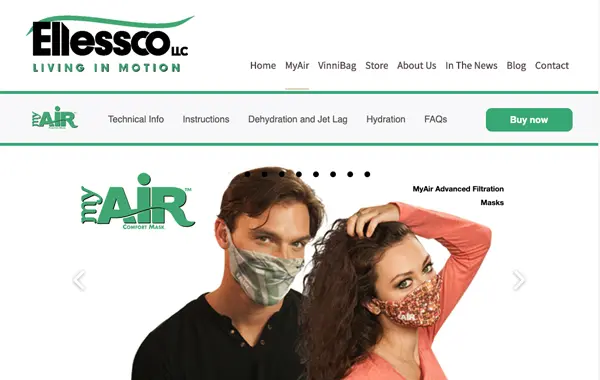
This does not include more extreme masks, like gas masks and respirators. These systems will likely need express permission from the TSA official in your airport, and will likely need a medical reason to exist, such as an oxygen mask. If you’re wearing a military-grade gas mask on a plane, you’re probably not going to be let through.
The TSA specifically says that, yes, medical masks are allowed. They can be checked into bags and packed on the plane, they can be packed into carry-on and worn on the plane, and they can be worn in the airport and while boarding.
There are, however, two caveats. The first is that the final decision whether or not the mask is allowed depends on the TSA officer in charge at the time. If a TSA officer decides they don’t like your mask, they can ask that you remove it. If you refuse, they can exert their authority to have you removed from the flight and detained. Obviously, this is a huge hassle, so it’s best to just comply when possible.
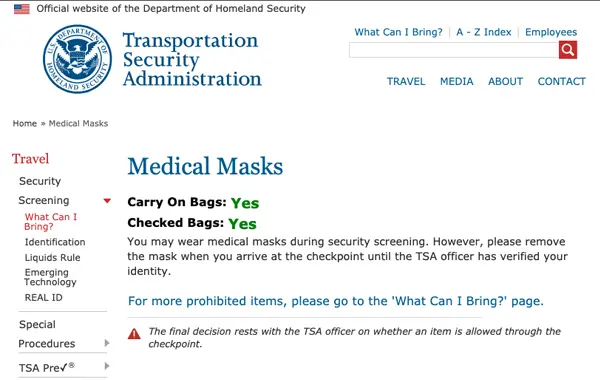
Of course, your TSA officer is unlikely to be following you onto the plane, so if asked to remove a mask, simply pack it away until you board and pull it back out once you’re seated. This way you can minimize your exposure to airborne pathogens while complying with the official.
The other caveat is that the TSA will likely ask you to remove your mask temporarily when you check into your boarding area. Since you need to verify your identity at this checkpoint, they will ask you to remove the mask to verify. The majority of the time, this just means removing it for a minute or two while they check your ID, after which you will be free to put it back on.
It’s worth mentioning that masks can be brought on a plane for personal use, but if you’re trying to bring a box of 100 masks and distribute them to passengers – or even sell them – you may be told to stop. Bringing a handful of masks for your own use is fine, but bringing more might be suspicious.
Needless to say, non-medical masks (like a hockey mask, a Halloween mask, or a full-face ski mask) are not allowed. These kinds of full-identity concealment masks are not beneficial from a medical standpoint and only serve to obscure your identity and cause problems.
One possible exception is a sheet mask, the kind of mask used for cosmetic purposes. These are technically allowable, but provide no medical benefits in terms of disease resistance. They are a lot more common in parts of Asia, but even then, they aren’t a typical on-the-plane piece of apparel. You’re probably better off skipping them.
Should You Wear a Face Mask?
One valid question is not whether or not you can wear a mask, but whether or not you should.
There are pros and cons to wearing such a mask on a plane.
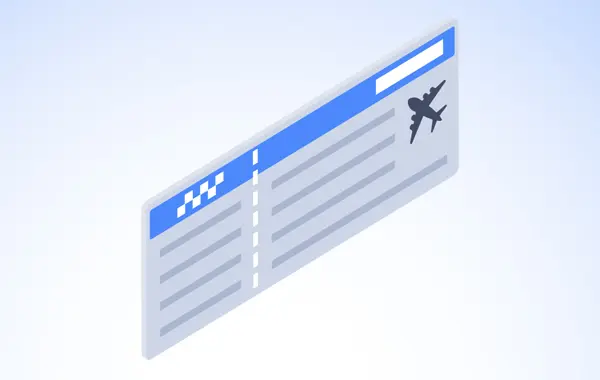
Pro: Wearing a mask might make you feel better. If you’re worried about getting sick, or if you’re sick and are worried about spreading your illness to your fellow passengers, wearing a mask will give you the peace of mind that you’re doing everything you can to prevent spreading illness. This peace of mind can help make your flight that much easier and less stressful, which itself helps prevent further spread of disease.
Con: Wearing a mask can be uncomfortable, especially for a long flight. Depending on the style of the mask, it can be irritating to wear for long periods. Paper masks in particular tend to pinch, scratch, abrade, or otherwise cause discomfort when worn for more than a short time. Higher quality masks can be more comfortable, but depending on your own proclivities, it might be irritating to have something across your face regardless. It all comes down to how comfortable you are in a mask, really.
Pro: A mask is an added layer of protection. Masks work, though if you’re not sick and you’re worried about becoming sick, you may need to wear the mask more than you think to help prevent it. When you’re in an enclosed area with a lot of other people, wearing a mask for the entire time can dramatically limit your exposure to disease, though there’s no way to completely prevent it.
Con: A mask may be somewhat unnecessary. Planes have their own filtration systems in place. People tend to think of airplanes as breeding grounds for disease, but they’re actually a lot safer than you might think. They have built-in air circulation and filters to limit the spread of microbes, among other features.
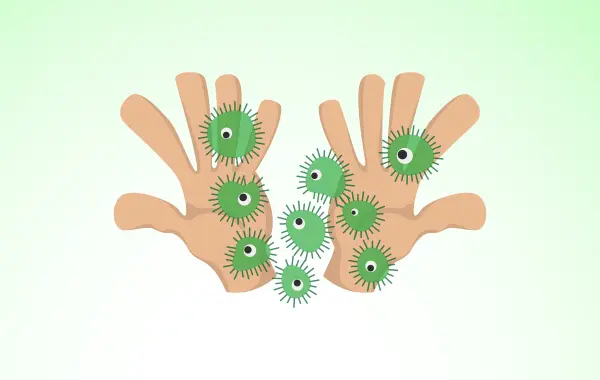
Pro: Some passengers will appreciate you wearing a mask if you’re visibly sick. Again, public perception is that airplanes are less safe than they actually are, and if you’re actively sick, wearing a mask will give your fellow passengers peace of mind.
Con: If you’re not sick, some passengers may look on you with skepticism. Thankfully, most people on planes simply want to get to their destinations with a minimum of fuss, but there’s always that one person just ready to cause a stink.
So, is wearing a face mask on a plane a good idea? In general, it can’t hurt, so it really comes down to how it makes you feel. If the irritation caused by wearing the mask outweighs the benefits of avoiding disease, don’t wear one. If your fear of disease outweighs the irritation of a mask, go ahead and wear one.
Augmenting the Mask
Of course, a mask is not the only thing you can do to help prevent catching the flu or another illness while on an airplane. You’ll want to couple it with some other tips to keep yourself as healthy as possible.
Sleep early and often. The number one piece of protection you can give yourself is a strong immune system, and one of the best ways to boost your immune system is to sleep. Getting enough sleep before your flight – preferably as much as a week or two before your flight – will help ensure that your immune system is operating at peak efficiency. This, of course, does rely on you having a functioning immune system in the first place. If you’re immunocompromised for one reason or another, wearing a mask is almost mandatory.
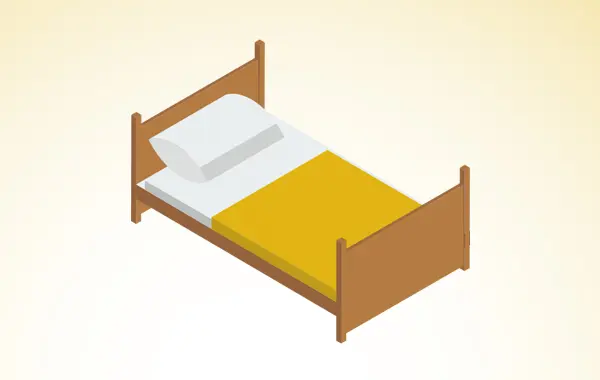
Make sure to drink plenty of water. Proper hydration is essential for health no matter which way you look at it. Drink plenty of water all the time, and especially in the days leading up to your flight.
On the day of the flight, make sure to drink plenty of water before the flight. You can’t bring a bottle of water through the TSA checkpoint, since large containers of liquid are forbidden. You can, however, bring an empty water bottle and fill it up once you’re past the checkpoint. There will often be a drinking fountain or a concession bar where you can fill a bottle of water for your flight. You may also be able to buy additional bottles of water to take with you.
Be aware that some airports might have a secondary check before boarding at the gate and may disallow full bottles of water. This is unfortunate, but you can still empty the bottle and bring it on the plane. Plane tap water is generally terrible, but it’s still water, and keeping hydrated is still important.
Practice proper hygiene. Washing your hands is very important in any public place, and in particular, touching any part of a plane is probably going to be disgusting. Planes aren’t necessarily cleaned constantly, and while airports are kept fairly clean, there’s also a ton of traffic leaving germs everywhere. Make sure to wash your hands frequently with soap and water or using an alcohol-based hand sanitizer. Hand sanitizer in a small enough container can be brought through a TSA checkpoint just fine. Sanitizing wipes are also great for this, and since they aren’t liquid, they don’t count against your liquid limits.
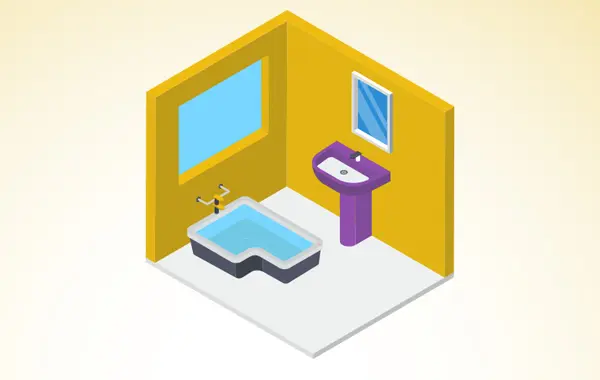
It might also be worthwhile to give a quick wipe-down of anything in your immediate vicinity when you board. Hand rails, the window area, and the tray table are all places people touch frequently and that might not be wiped down thoroughly in between flights. A quick wipe down can help kill any lingering germs before you settle in.
Avoid letting your face dry out. Your body is pretty good at resisting disease, but if you let your nose dry out and your skin crack, it becomes less able to resist infection. Hydration is a big part of this, but another is the in-plane ventilation. Avoid pointing the air vents directly at your face, where they serve to shuttle moisture away and dry you out.
Additionally, some medical face masks help retain moisture in addition to preventing microbial ingress. That’s a bonus benefit of a mask that can help keep you healthy after your flight.
Air travel doesn’t have to be a dangerous proposition. The in-plane anti-germ HEPA filters and air recycling are moderately effective, and wearing a mask can help augment that protection. On top of that, a few basic health tips can keep you from getting sick when you travel, and who will be able to say no to that?
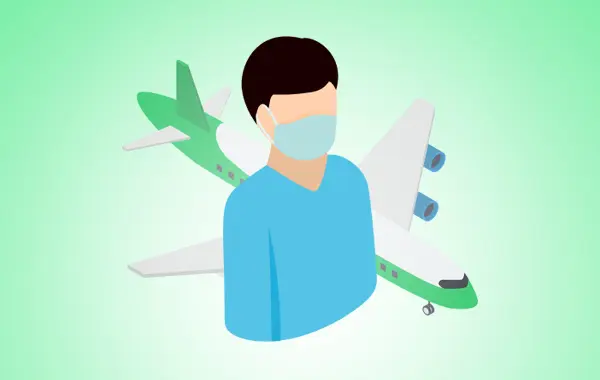
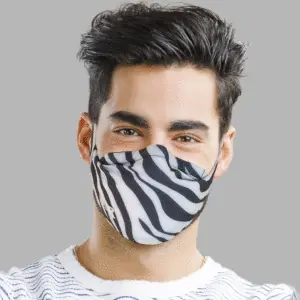
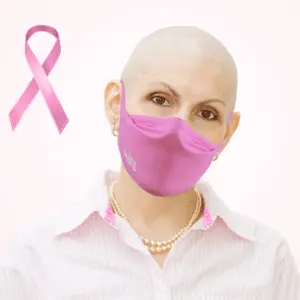
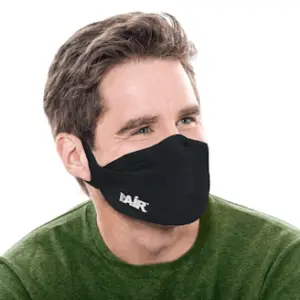
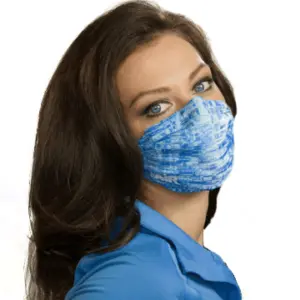
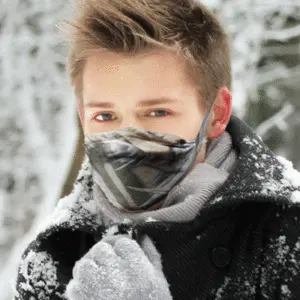
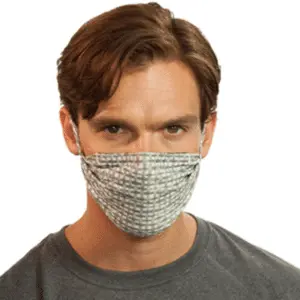
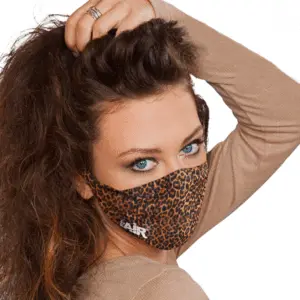
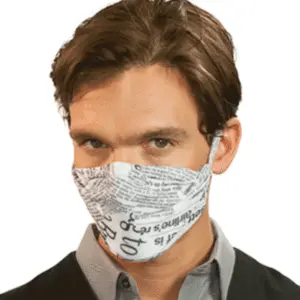
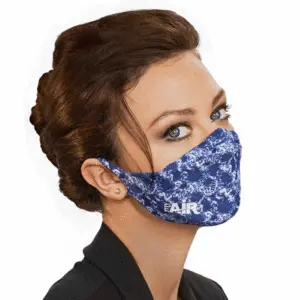
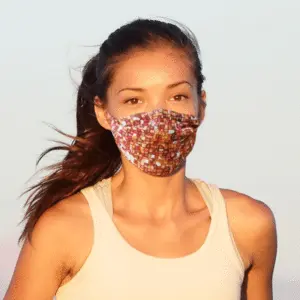
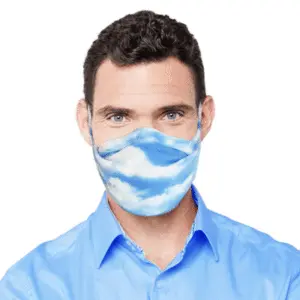
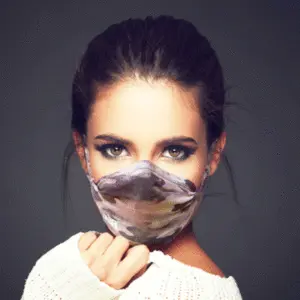
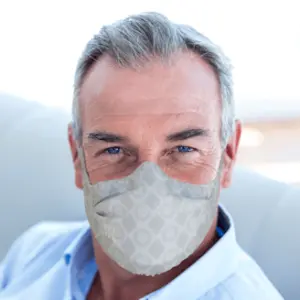
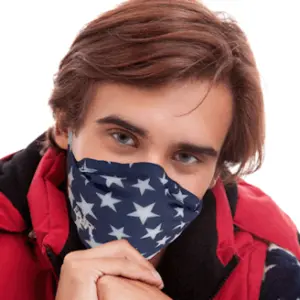
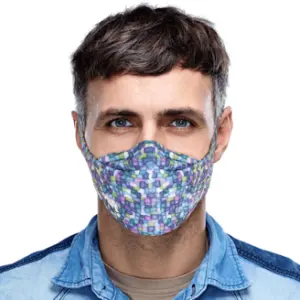
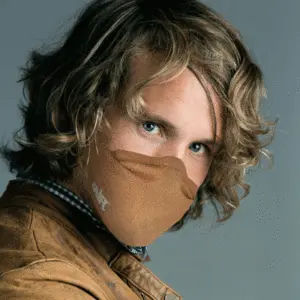
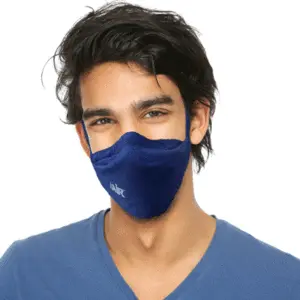
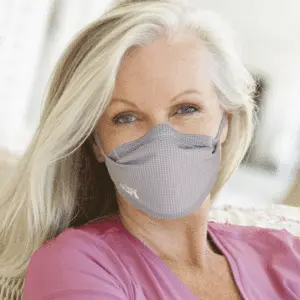
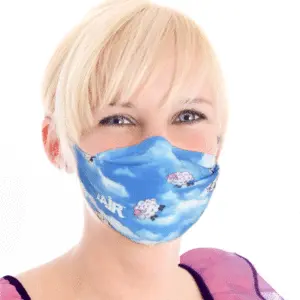
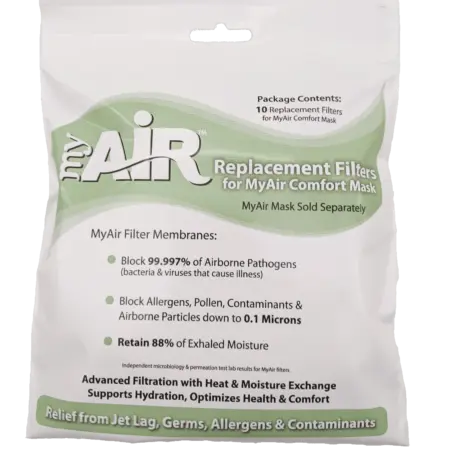
0 Comments